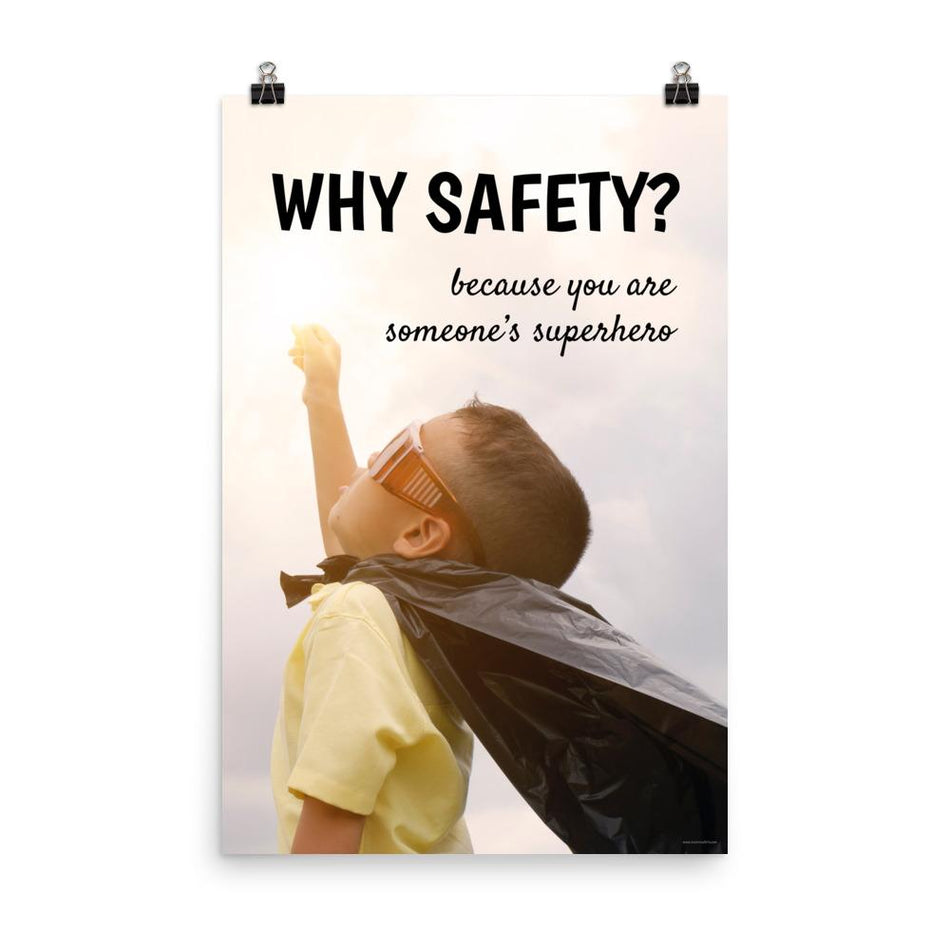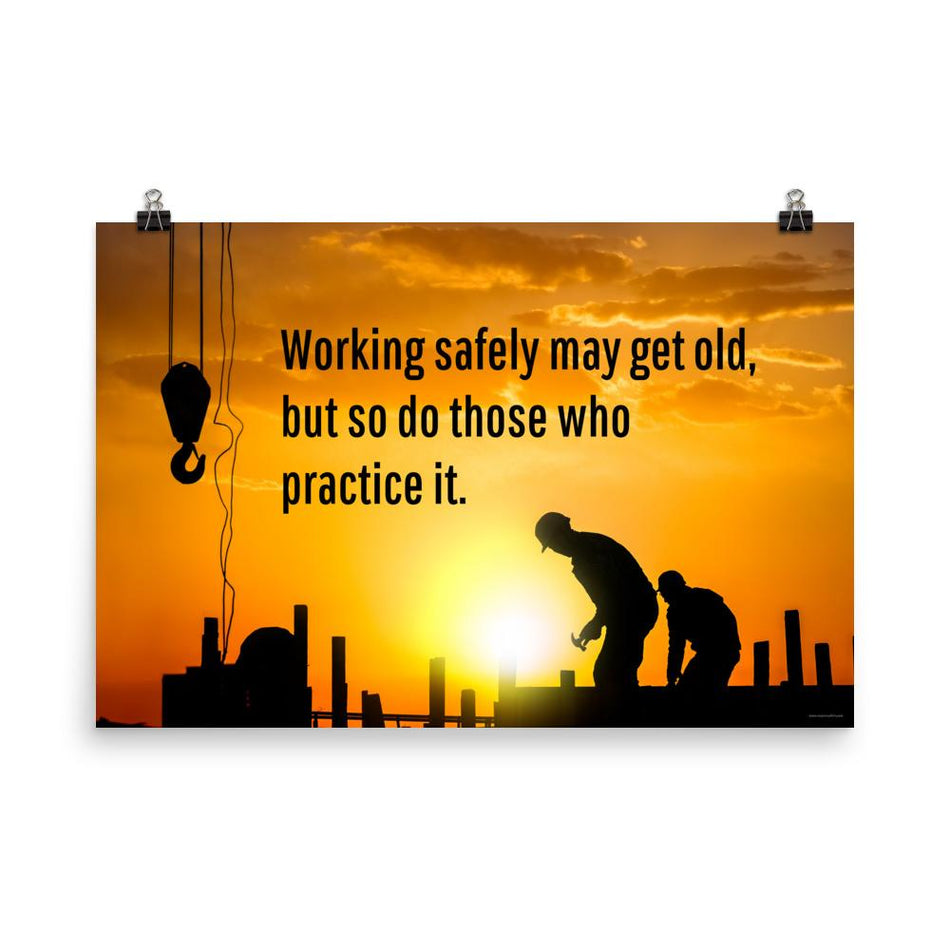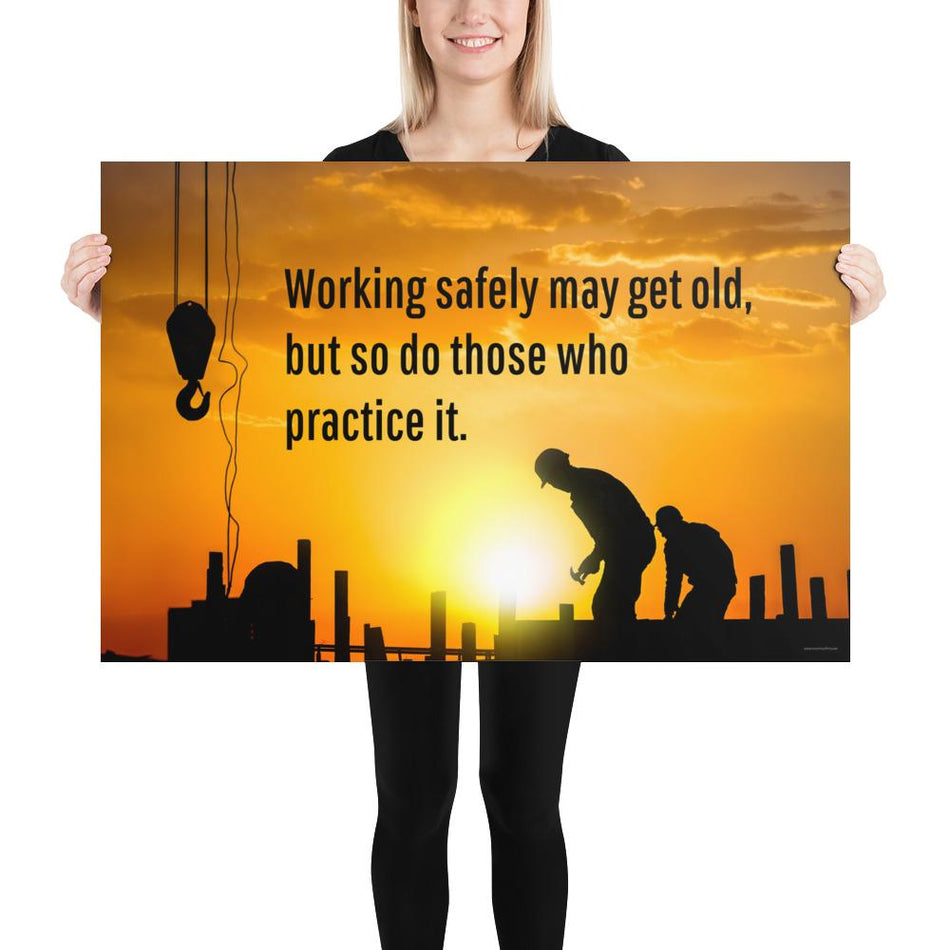Workplace incidents can significantly impact productivity and inflate operational costs, draining hard-earned profits. Beyond financial implications, there's also the severe risk of loss of life. However, most workplace incidents are preventable.
It has been proven that a robust safety program pays for itself and implementing good safety practices at the workplace will save lives and prevent incidents and injuries.
Regardless of your business’s size or nature, implementing a comprehensive safety program is essential. It ensures you meet your obligation to protect all occupants and workers from health and safety risks associated with your business.
1. Develop a Safety Policy
Creating a culture of safety begins with awareness and commitment. A detailed health and safety policy showcases leadership and corporate dedication to safety. Involving employees at all levels in formulating this policy ensures their buy-in and encourages responsible behavior towards safety practices.
2. Identify and Mitigate Safety Hazards
After establishing a safety policy, prioritize its implementation by identifying and eliminating hazards. Develop a comprehensive hazard prevention and wellness program tailored to your workplace's specific needs. Conduct thorough site inspections to uncover any unusual risks, and perform risk assessments to devise preventive measures that can avert workplace injuries.
3. Provide Comprehensive Safety Training
An informed workforce is crucial for early incident prevention. All employees, regardless of their industry experience, should receive safety training. Conducting training workshops can engage employees and enhance their skills, fostering a safe working environment. Depending on your organization’s size and resources, consider enlisting professional training service providers.
4. Continual Analysis, Observation, and Communication
Regularly reinforce safety measures by analyzing and observing workplace conditions. Evaluate potential incidents, assess probabilities, and identify causes of hazards. Encourage open communication so employees feel comfortable reporting any discomfort or safety concerns. Immediate inspections and assessments can help you spot trends and eliminate hazards before incidents occur.
5. Provide Appropriate Protective Equipment
Personal protective equipment (PPE) is a critical component of any safety program. Ensure that the PPE fits properly and educate employees on using gear such as goggles, gloves, helmets, safety boots, face protection, hard hats, harnesses, and earplugs as required by their work environment.
6. Conduct Regular Safety Meetings
Regular safety meetings keep employees focused on safety issues and reinforce the importance of safety practices. Vary the topics to maintain engagement and encourage adaptation to safety measures.

Effective safety management also involves continuous monitoring and open communication. Regularly analyzing workplace conditions, listening to employee feedback, and addressing any concerns promptly can help you identify and eliminate hazards before they result in incidents. This proactive approach fosters a culture of safety and encourages employees to actively participate in maintaining a safe work environment.
Investing in workplace safety is not just a regulatory requirement; it's a strategic decision that can significantly enhance your business's overall productivity and financial health. By establishing a strong safety culture, you can prevent costly incidents, protect your most valuable assets—your employees—and create a more efficient, harmonious work environment.









